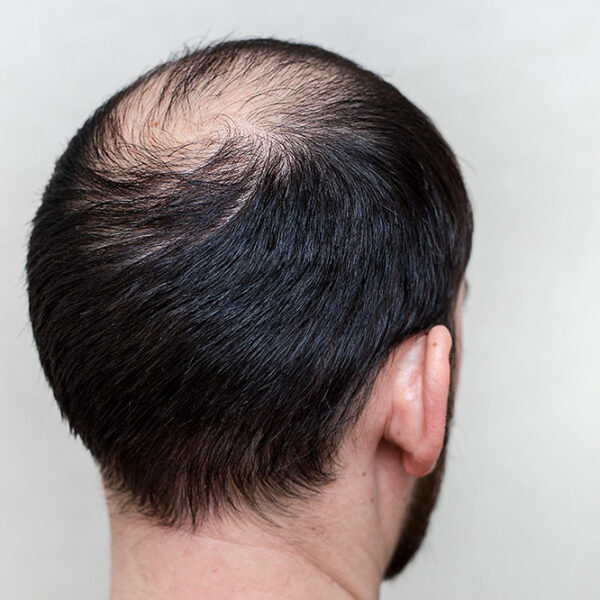Male hair loss and its various aspects
Hair grows on all parts of the human body, apart from some places like the palm of the hands and the soles of our feet. Hair is essentially made of keratin, which is a type of protein. Keratin is produced on the outer layer of the skin in hair follicles. The follicles produce new hair cells and old cells are subsequently pushed out of the surface. There are 100,000 to 150,000 strands of hair on a human head, and one loses about 100 hair in a day.

Stages of hair loss
Hair loss , also known as alopecia, is divided into different types: the age at which it starts, the duration of hair loss, and the area of the body. Further there can be multiple diseases and disorders which can lead to hair loss as a side effect. There are noticeably and popularly seven different stages of hair loss. The duration of different stages can depend on the individual. The Norwood Scale defines seven stages of hair loss in men:
- Stage 1
Significant loss or a receding hairline is not noticed in this stage. There might still be some hair loss, and that would be considered normal. - Stage 2
The hairline during this stage is referred to as the mature hairline. A little recession is noticed around the temples. - Stage 3
Recession spots become more scarcely covered and M, U, or V shape is formed because of the balding. It is signified by the hair loss on the vertex or the top of the scalp. - Stage 4
The hair recedes further, and there’s little or no hair on the vertex. A single band of hair might be connected by hair connecting either side of the scalp. - Stage 5
The band of hair in stage 4 becomes thinner, and the two patches on either side become larger. - Stage 6
The band connecting the hair is no more present. The balding areas of the vertex and temples are joined at this stage. - Stage 7
There is an extremely thin band of hair on the head, and the band is usually not dense.
Diagnosis of hair loss
There are different tests for hair loss diagnosis. They include
- Blood test
Medical conditions related to hair loss may be diagnosed. - Pull test
Several strands of hair are pulled to understand the process of shedding. - Scalp biopsy
Some hair is plucked from the roots to check the roots. - Light microscopy
Hairs are trimmed at their bases and then examined under a microscope.
Prevention of hair loss
There are several ways of avoiding hair loss or delaying its onset. If hair loss is due to genetic reasons, one can only delay the onset or slow the process. Some ways of avoiding hair loss include avoiding hot showers, changing the hair products that you use, and trying scalp massages by a professional. Other complex ways to prevent hair loss include having a hair transplant and using a laser comb.





